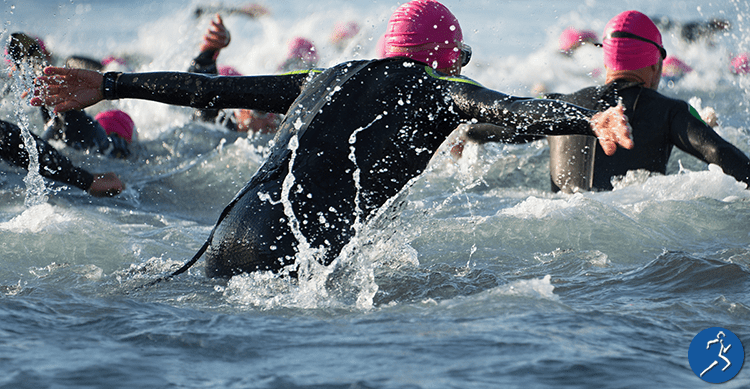
Summers in the Chesapeake are chock full of fun in the sun and on the water. Folks love spending time sailing, waterskiing, surfing, swimming, wakeboarding, paddleboarding, tubing, jet skiing; you get the picture! While it is super exciting spending a day enjoying these activities, it is also vital to understand the risk for injury, and how to prevent them. Furthermore, you must realize that no matter your level of experience, anyone is at risk. Water sports, like any other sport, can cause joint pain, concussions, strains, and fractures. Fortunately, there are steps you can take to stay healthy and strong all summer. Here are some physical therapy tips for water sports injury prevention.
Common Water Sports Injuries
First of all, it is crucial to understand some of the injuries that could be related to water sports so that you can recognize the symptoms.
- Swimming — Due to the repetitive nature of competitive swimming, or the force of the wave while in the ocean, the most common injury experienced among swimmers includes shoulder pain, knee injury, and low back pain.
- Water Skiing & Wake Boarding — Because of rapid boat acceleration concussions and shoulder dislocations are common injuries. Some people also experience ankle sprains, Achilles tendon ruptures, and knee issues.
- StandUp Paddleboarding — Here the most common injuries are strains to the lower extremities and shoulder/rotator cuff problems.
- Tubing — The rapid start and forward-facing prone position while tubing often causes injuries affecting the head and neck.
- Jet Skiing & Surfing — These high-speed water sports have the potential for impact and can cause concussions and fractures.
Tips to Prevent Injury
- Warm-Up — When your muscles are cold, they are more prone to injury. So, like any other sports warming up previous to activity is crucial for injury prevention. Then once you’re in the water, make every effort to practice proper technique.
- Stretch — Treat water sports like any other sport. After you warm-up, include limbering stretches before you take the plunge. Stretching increases your range of motion, thus preventing injury and muscle strains.
- Wear Appropriate Safety Gear — Always wear a US Coast Guard approved Floatation Device (PFD) for whatever activity you partake. This is imperative, no matter your level of experience. You may underestimate the situation, or you may be fatigued, whatever; accidents happen. Consider wearing a helmet. This practice is becoming widespread and even mandatory in some states. Be prepared, be safe.
- Stay Hydrated and Properly Fueled — Your musculoskeletal system works best when it is fed and hydrated properly. Dehydration leads to muscle cramping, therefore causing muscle strains or tears.
- Avoid Alcohol — One of the worst things you could do is have a few drinks then head out on water skis or a jet skis. Alcohol impairs your judgment and affects your coordination. Not only could this cause injury, but it could also be fatal. If you want to imbibe, sit this one out.
- Take Breaks — While you may be having a fantastic time, be sure to take breaks. Muscle fatigue could hit instantly, and usually at the worst time. Taking breaks allows your body to recover.
- Know Your Limits — Know when to say when! Pushing it too far is a dangerous practice. Have fun, but above all, be safe and listen to your body!
Physical Therapy Tips
There are essential components to improved body awareness that can help prevent injury on the water. The most important of them work on creating a strong sense of balance. Next, it is vital to work on flexibility. Last, you need to perform sport-specific strength-building exercises. If you are not experiencing any relief from these tips on your own, it is time to see a professional. Contact Kinetic Physical Therapy today for an evaluation. Our experienced team can provide therapy for water sports injury prevention and relief.


